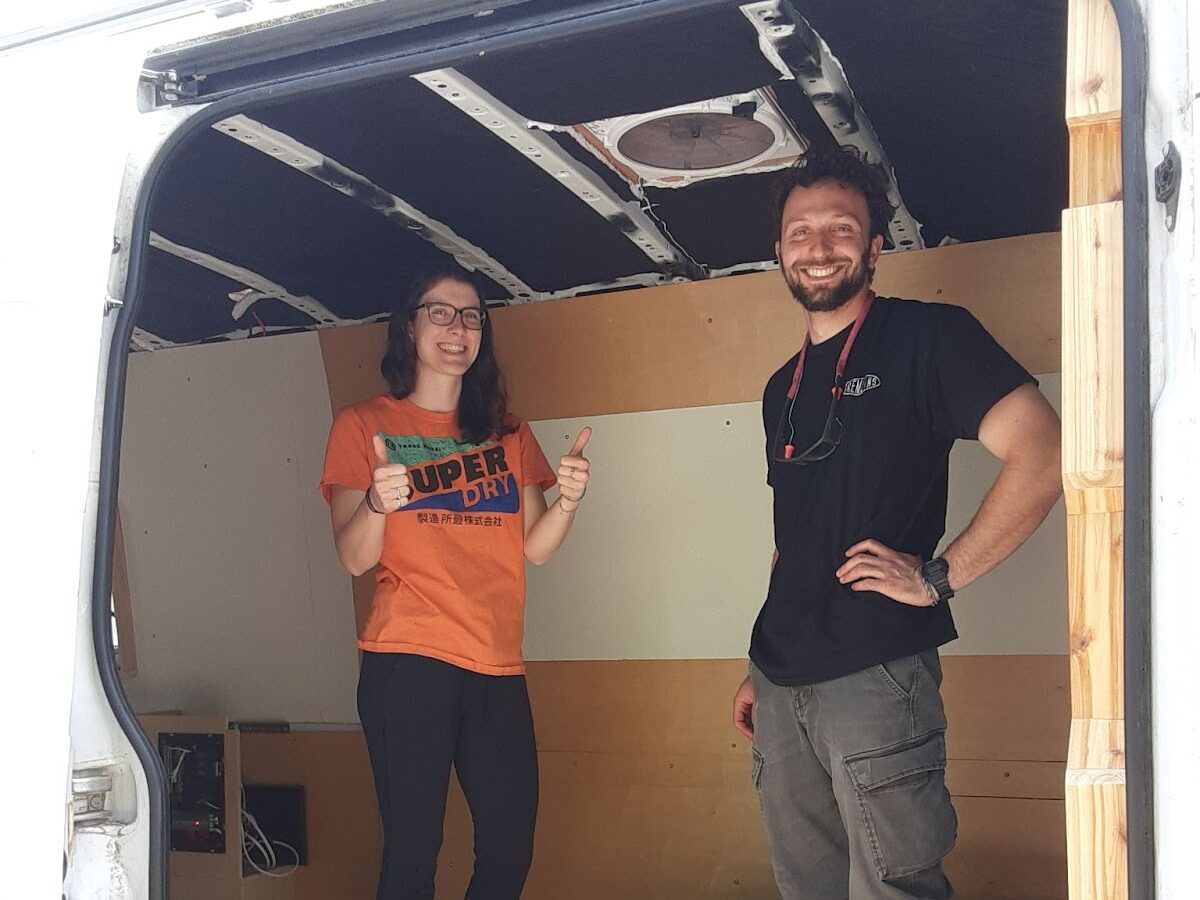Month: September 2024
-

Project Highlight: Super Van
I have always wanted to live on a spaceship. While science fiction has granted us plenty of excellent star fighter designs like Luke Skywalker’s X-Wing from Star Wars, or Starbuck’s Viper from Battlestar Galactica, the best spaceships are the ones that double as houses. From Star Wars we have the Millennium Falcon, or the Razor…
